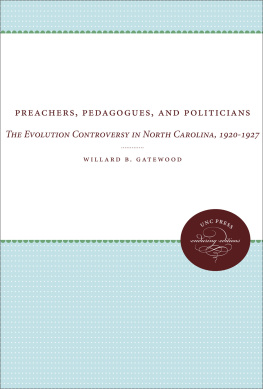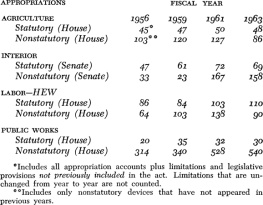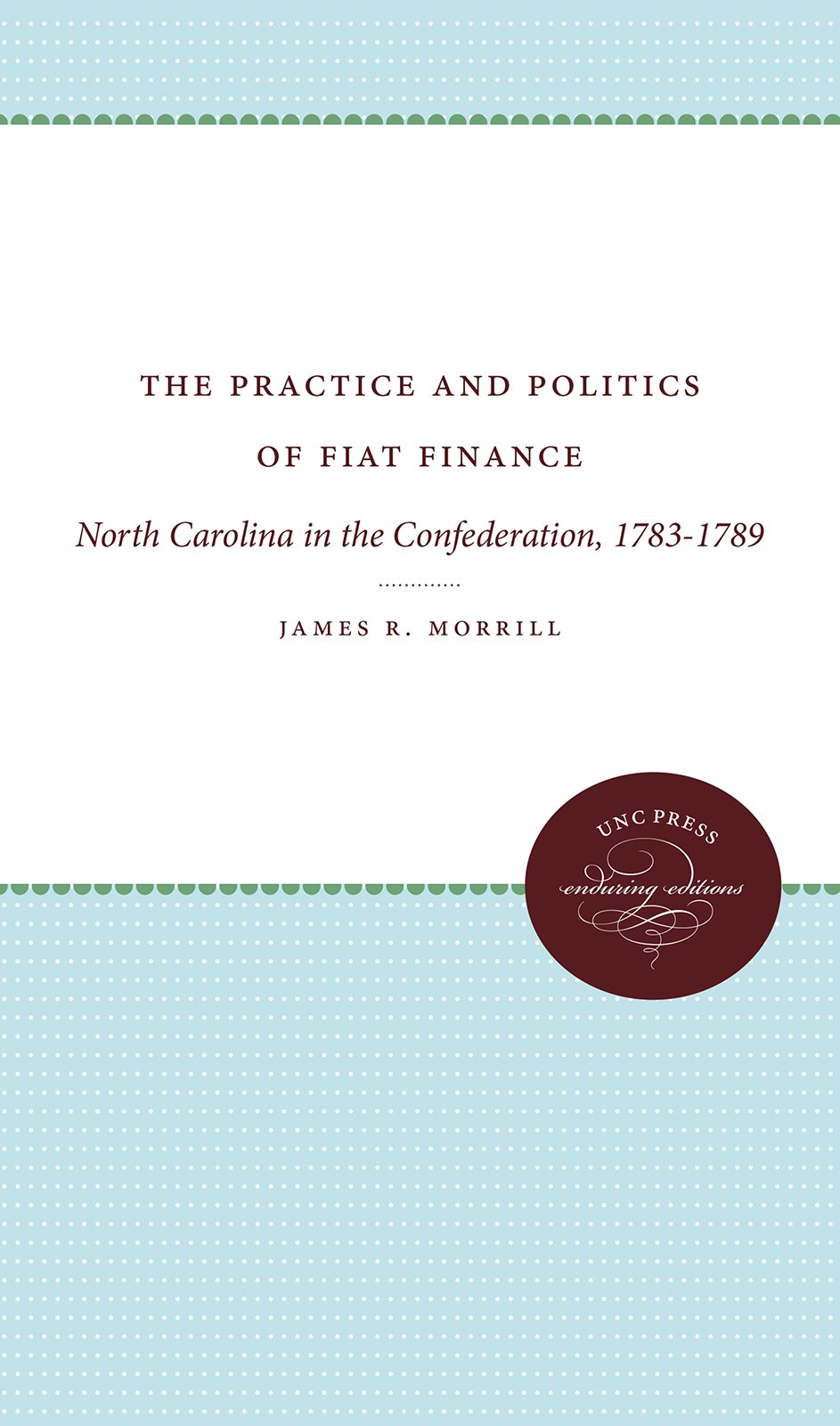THIS BOOK WAS DIGITALLY PRINTED.
I. The North Carolina Economy
The period immediately following the end of the Revolution was one of recovery and adjustment for the North Carolina economy: recovery from the destructiveness and disruption that the war had imposed upon agriculture, manufacturing, and commerce; and adjustment to the new conditions of trade brought about by the states political and economic independence. North Carolinas agricultural production revived rapidly, and during the postwar years the states exports reached unprecedented proportions. The amount of corn exported in 1788, for example, totaled nearly 160,000 bushels, compared to 127,000 bushels in 1768; 16,000 bushels of peas left the states ports in 1788, compared to less than 3,000 bushels in 1768. Wheat exports declined after the war, but 3,000 barrels of flour were shipped in 1788. Although less pork was exported, fish became a more important item. Rice and potatoes, insignificant exports before 1775, attained some significance after the Revolution. Naval stores, while suffering something of a decline because of the loss of British bounties, remained major articles of export, especially to the northern states. The shipment of lumber products became more important than during the colonial period. The number of shingles, for example, jumped from 6,000,000 in 1768 to nearly 20,000,000 in 1788; staves and headings from 2,750,000 to 4,250,000; boards and scantling from 3,250,000 board feet to nearly 6,000,000 board feet. Although these increases of lumber exports were quite marked, the greatest increase of any export was that of tobacco. In 1768 a total of only 360,000 pounds had left the states ports, while in 1788, with European markets directly available, exports of tobacco reached almost 6,000,000 pounds, about half of it going to Great Britain.
The increased exports, accompanied by the postwar influx of foreign and American products, stimulated activity in the states commercial centers. The total vessel tonnage putting into North Carolinas ports approximately doubled that of the late colonial period. As before the war, about 40 per cent of the tonnage consisted of coasting vessels. British tonnage dropped from about 30 per cent to about 10 per cent of the total North Carolina trade. Trade with the West Indies increased, with most of that commerce going to and coming from the non-British West Indies. The types of imports from the West Indies, and from Europe and the northern states, remained basically the same as before the Revolution. In summary, although the postwar period did witness a great increase in tobacco exports, a greater trade with the non-British West Indies, and fewer exports to Great Britain, the coming of independence did not radically alter the products or channels of North Carolina commercial life. Thus the commerce of the period was essentially a continuation of colonial development.
The generally high production of North Carolina agriculture, the increase in many of the states exports, and the general bustle of the states ports must not be accepted, however, as proof that the postwar years were ones of great profits. Although the period has been described as one of prosperity, an examination of contemporary evidence establishes that, behind the encouraging but misleading statistics, North Carolinas economy suffered from a number of problems that made the states agricultural, manufacturing, and commercial life far less prosperous than appearances indicate.
The most fundamental handicap besetting the economy of eighteenth-century North Carolina was the injurious but inescapable overcommitment to agriculture. This overcommitment forced the people to import almost all the manufactured products that they desired or needed, and, during the postwar years, caused the foreign and domestic markets for North Carolina produce to become glutted and therefore frequently unprofitable. The very export statistics that have been cited as proof of prosperity are, in fact, figures that reveal the problems of overproduction and diminishing economic returns. Eager to acquire the imports that the war had long denied them, the farmers and planters of North Carolina and of the other American states sought to maximize their own production; after purchasing items from merchants who were all too ready to give extensive credit, a grower was all the more interested in obtaining the greatest possible yield. The disastrous consequences of overproduction can be illustrated by the plunging price of the states chief export, tobacco. At Petersburg, Virginia, North Carolina tobacco was bringing 34s. to 34s. 6d. Virginia currency per hundredweight in early 1785; by the end of that year it could command only 22s. to 23s.; during 1786 it never rose above 24s.; all during 1787 and 1788 it hovered around 22s. 6d. to 23s.; in 1789 it hit a low of 18s. At other markets the decline of tobacco prices was as sharp and prolonged as that at Petersburg. The persistently low prices for tobacco harmed not only the growers but also domestic merchants who had bought and sold on credit and who usually paid their own debts with tobacco and other produce. Thus the sharp increase in tobacco exports, far from being an indication of prosperity, was in fact a phenomenon that in many cases gave small comfort and smaller financial returns to growers and merchants alike.
Although prices for other agricultural products did not drop as precipitously as did the price of tobacco, agricultural prices were generally low, not only because the markets were amply supplied, but also because these products, when compared to manufactured imports, simply did not have a high value proportionate to weight and bulk. The difficulties of transportation, moreover, made the handling of North Carolina agricultural produce a cumbersome and costly process that further reduced the margin for profit.
The generally low prices offered for the tobacco and other crops of North Carolina could partially be attributed to the poor quality of much of the produce. Although the state did have inspection laws, the inspections were often less careful than those of other states. The exportation of poor-quality produce tarnished the states commercial reputation and generally contributed to North Carolinas economic difficulties.
Despite the general overproduction during the years 1783-89, the harvests in North Carolina were not consistently bountiful. Conditions of weather or blight created local and occasionally state-wide scarcities of corn, tobacco, and other produce. While such crop failures might to some degree relieve the glutted world markets, the failures could prove disastrous to indebted farmers, planters, and merchants whose only mode of remittance consisted of agricultural products.
The difficulties and disadvantages associated with the economy of eighteenth-century North Carolina did not preclude, of course, the possibility of making a comfortable livelihood. If a farmer or planter were willing to resist the temptations of overgenerous credit and if he were content to lead a simple agrarian life without most of the luxuries of more industrialized and urbanized societies, he might lead a reasonably comfortable life free from the terrors of indebtedness and the shadows of bankruptcy. Such a person, however, would have relatively little purchasing power and could do little to stimulate the domestic economy.






